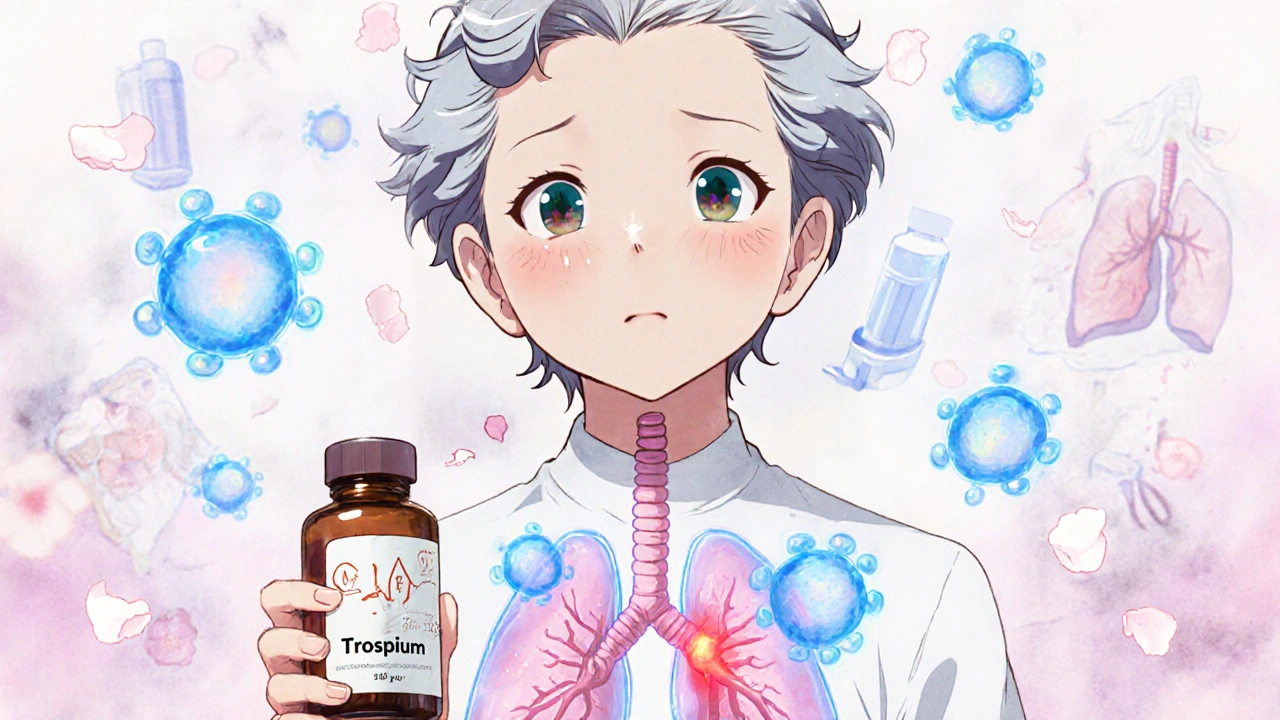Breathing Side Effects: What Causes Them and How to Manage Them
When you take a pill and suddenly feel like you can’t catch your breath, it’s natural to blame the medication. But sometimes, the problem isn’t the drug—it’s your breathing side effects, physical sensations tied to respiratory function that may stem from medication, anxiety, or psychological triggers. Also known as respiratory side effects, these symptoms can include shortness of breath, wheezing, chest tightness, or feeling like you’re suffocating—even when your lungs are perfectly fine. This isn’t just in your head. It’s real. But the cause might not be what you think.
Many people experience breathing side effects because of the nocebo effect, when negative expectations about a drug trigger real physical symptoms, even if the drug itself doesn’t cause them. If you’ve read the warning label and saw "difficulty breathing" listed, your brain might start scanning for that sensation. Once it finds it—even a normal sigh or a slight tightness after climbing stairs—it labels it as a side effect. Studies show people who expect side effects report them more often, even when given a sugar pill. This isn’t weakness. It’s how your nervous system works. And it’s why two people on the same drug can have completely different experiences.
But not all breathing issues are psychological. Some medications—like beta-blockers, ACE inhibitors, or even certain antibiotics—can directly affect your airways or lung function. Others, like opioids or sedatives, slow down your breathing rate. And then there are conditions like asthma or COPD, where symptoms can worsen with stress or certain drugs. That’s where occupational therapy for breathing, a practical, hands-on approach to help people with chronic breathing disorders manage daily activities and reduce breathlessness comes in. Therapists teach pacing, breathing techniques, and energy-saving strategies that let you move, clean, cook, or even have sex without gasping. These aren’t magic tricks. They’re science-backed tools used in pulmonary rehab programs worldwide.
What you’ll find in this collection isn’t just a list of drugs that cause breathing problems. It’s a deeper look at why those problems happen—and what you can actually do about them. Some posts break down how common medications like verapamil or fluticasone affect your lungs. Others show how anxiety and fear can mimic physical side effects. You’ll read about real cases where people thought they were having a reaction, only to find out their breathing improved once they changed how they thought about the drug. There’s also guidance on when to call your doctor versus when to breathe through it. No fluff. No fear-mongering. Just clear, practical info that helps you decide what’s real and what’s noise.
